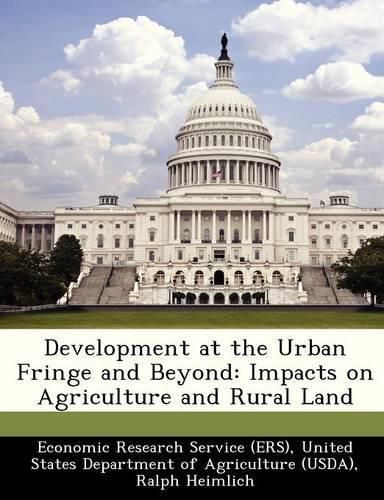Readings Newsletter
Become a Readings Member to make your shopping experience even easier.
Sign in or sign up for free!
You’re not far away from qualifying for FREE standard shipping within Australia
You’ve qualified for FREE standard shipping within Australia
The cart is loading…






Land development in the United States is following two routes: expansion of urban areas and large-lot development (greater than 1 acre per house) in rural areas. Urban expansion claimed more than 1 million acres per year between 1960 and 1990, yet is not seen as a threat to most farming, although it may reduce production of some high-value or specialty crops. The consequences of continued large-lot development may be less sanguine, since it consumes much more land per unit of housing than the typical suburb. Controlling growth and planning for it are the domains of State and local governments. The Federal Government may be able to help them in such areas as building capacity to plan and control growth, providing financial incentives for channeling growth in desirable directions, or coordinating local, regional, and State efforts.
$9.00 standard shipping within Australia
FREE standard shipping within Australia for orders over $100.00
Express & International shipping calculated at checkout
Land development in the United States is following two routes: expansion of urban areas and large-lot development (greater than 1 acre per house) in rural areas. Urban expansion claimed more than 1 million acres per year between 1960 and 1990, yet is not seen as a threat to most farming, although it may reduce production of some high-value or specialty crops. The consequences of continued large-lot development may be less sanguine, since it consumes much more land per unit of housing than the typical suburb. Controlling growth and planning for it are the domains of State and local governments. The Federal Government may be able to help them in such areas as building capacity to plan and control growth, providing financial incentives for channeling growth in desirable directions, or coordinating local, regional, and State efforts.